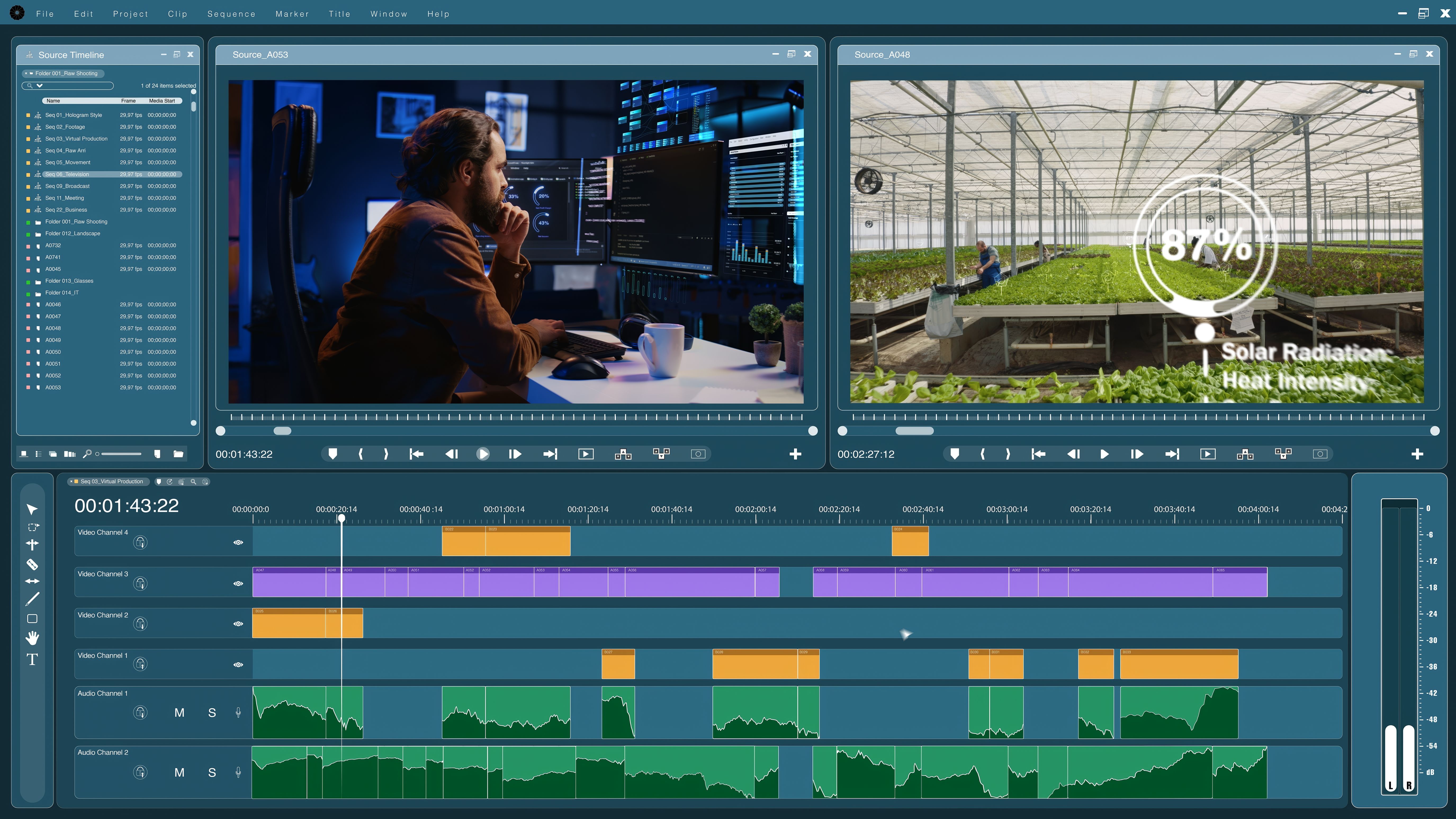Leveraging Language Models for Efficient Video Editing Systems
Introduction to Language Models in Video Editing
The rise of artificial intelligence has transformed numerous industries, and the realm of video editing is no exception. With the integration of language models, editors now have tools that can dramatically enhance their productivity and creativity. Leveraging these models allows for more efficient workflows, reducing time spent on tedious tasks and enabling editors to focus on the creative aspects of their projects.
Language models, renowned for their ability to understand and generate human-like text, are now being harnessed in video editing systems. These models can assist in automating script analysis, generating subtitles, and even suggesting edits based on contextual understanding.

Automating Script Analysis
One of the most significant applications of language models in video editing is the automation of script analysis. Traditionally, editing based on a script requires a meticulous breakdown of scenes, dialogue, and sequences. Language models can parse scripts quickly and efficiently, identifying key elements that help streamline the editing process.
This automation not only saves time but also reduces human error. Editors can rely on the model to highlight crucial parts of the script that need special attention, ensuring that the final video aligns closely with the original vision.
Enhancing Subtitling and Captioning
Subtitling is an integral part of making videos accessible to a broader audience. Language models facilitate this by generating accurate subtitles and captions. These models can transcribe speech to text with high accuracy, adapting to different accents and dialects, thus overcoming a significant barrier in traditional subtitling methods.
The precision offered by language models ensures that subtitles are not only accurate but also contextually relevant. This improves the viewing experience for audiences worldwide, making content more inclusive.

Contextual Edit Suggestions
Beyond automation, language models can provide intelligent suggestions for edits based on the content and context of the video. By analyzing dialogue and scene composition, these models can propose cuts, transitions, or effects that enhance the storytelling aspect of the video.
This capability allows editors to explore creative possibilities they may not have considered initially. It fosters a collaborative environment where AI acts as a creative partner rather than a mere tool.
Improving Post-Production Efficiency
In addition to creative enhancements, language models contribute significantly to post-production efficiency. Tasks such as logging footage, organizing clips, and syncing audio can be automated or assisted by AI, freeing up valuable time for editors to focus on refining their projects.

The integration of language models into video editing systems represents a paradigm shift in how content is produced and consumed. By optimizing workflows and enhancing creative capabilities, these technologies are setting new standards in the industry.
Looking Ahead: The Future of Video Editing
As language models continue to evolve, their applications in video editing are expected to expand further. Future developments may include more sophisticated scene recognition, emotional tone analysis, and even predictive editing based on viewer engagement data.
By staying at the forefront of these advancements, video editors can leverage technology to not only improve their craft but also redefine what is possible in digital storytelling.
